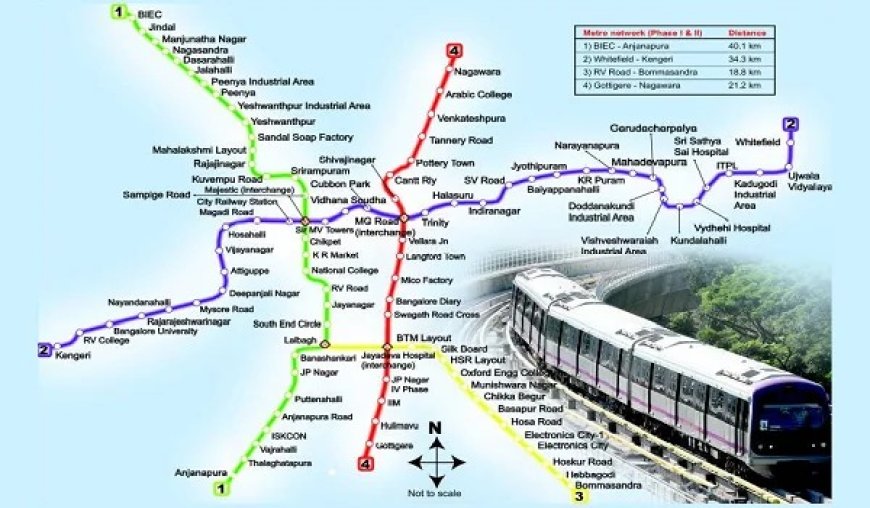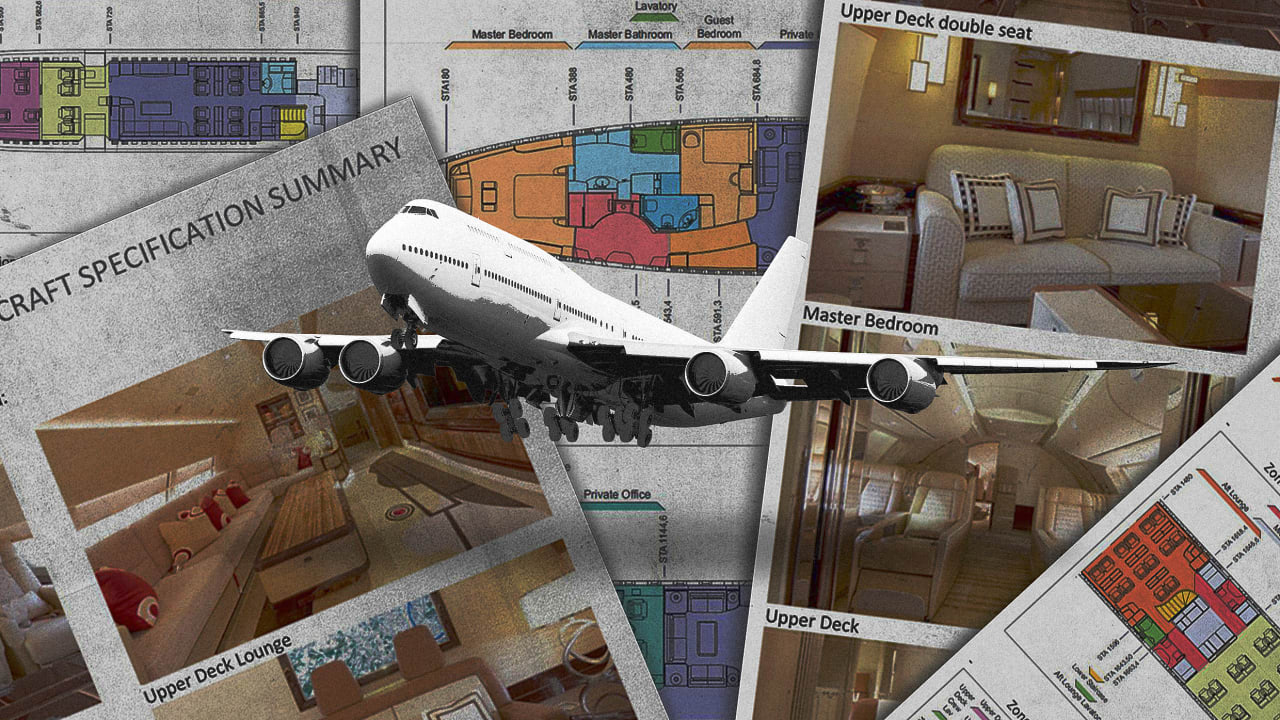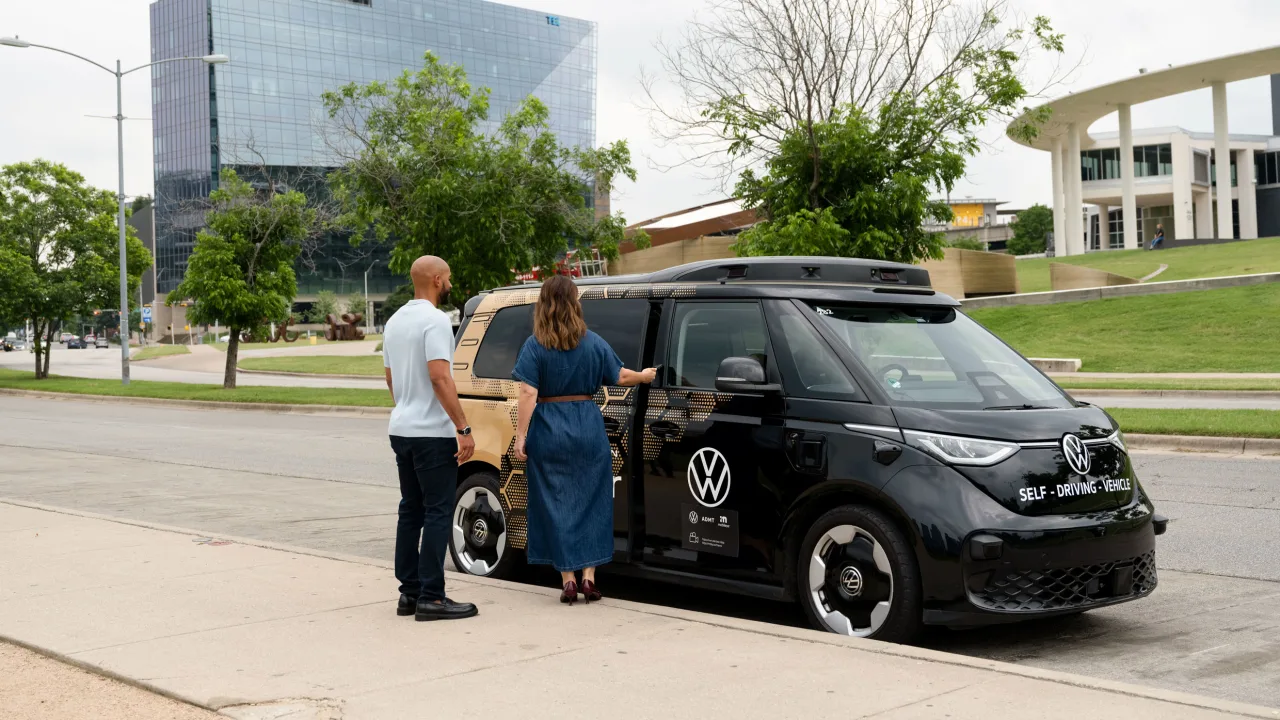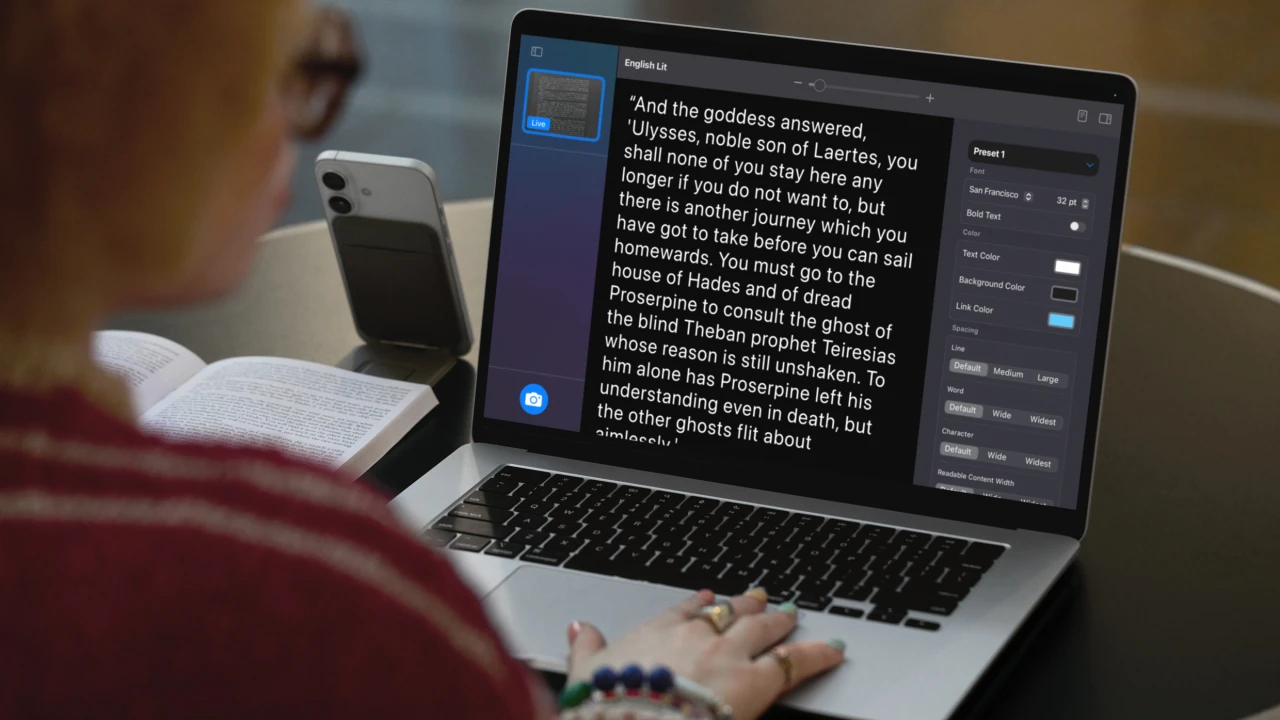Bangalore Metro Route Map: Timing, Lines, and Stations Simplified
Explore the complete Bangalore Metro route map with detailed info on lines, stations, timings, and passes. A must-read for Bengaluru commuters!

Bangalore’s rapid urban growth has led to a rising need for efficient public transport. The Bangalore Metro Route Map has emerged as a game-changer for daily commuters, residents, and visitors across the city. With well-structured lines, precise timings, and expanding routes, the metro continues to reshape how people move through Bengaluru.
Overview of Bangalore Metro's Evolution
The Bangalore Metro, also called Namma Metro, began operations to address the city’s congestion and urban travel challenges. Designed with a vision to ease mobility and reduce road traffic, it serves as one of the most modern and convenient metro networks in India.
The system connects major parts of Bengaluru through elevated and underground lines. Regular expansion projects have added new stations and extended existing routes, making the metro accessible to a wider population. Its growth reflects the city’s commitment to sustainable urban development and efficient transportation.
Importance of Bangalore Metro in Daily Commuting
The metro ensures faster travel and saves time. It bypasses traffic jams and provides a reliable alternative to buses and cabs. With fixed routes and punctual service, commuters can plan their daily schedules confidently.
Professionals, students, and tourists all rely on the metro for safe, clean, and quick transportation. Each station on the Bangalore Metro Route Map offers convenience through escalators, lifts, ticket counters, and clean platforms. The stations are also interconnected with key areas of the city, including IT hubs, commercial zones, and educational institutions.
Bangalore Metro Route Map Explained
The Bangalore Metro Route Map consists of multiple corridors that simplify travel across the city. These corridors include both operational and under-construction routes. Each route serves specific localities and plays a vital role in the metro's overall design.
The routes interlink through interchange stations, enabling passengers to switch lines with ease. Maps placed at each station and inside the metro coaches help commuters navigate the system without confusion.
Digital and physical metro route maps offer a clear understanding of where each line begins and ends, including all stations along the path. This structure makes travel predictable and user-friendly.
Detailed Guide to Bangalore Metro Lines
Purple Line: Connecting East to West
The Purple Line runs from east to west and links vital city centers. This line connects educational institutions, business parks, and residential neighborhoods. Many commuters prefer this route due to its frequent service and strategic stops.
The line passes through central Bengaluru and includes interchange points that connect with other metro lines. Its coverage makes it one of the most used corridors on the Bangalore Metro Route Map.
Green Line: North to South Transit
The Green Line extends from the north to the southern parts of Bengaluru. This line caters to areas rich in heritage, commerce, and residential zones. It includes several important stations, offering connectivity to local markets, public parks, and government offices.
Commuters use the Green Line to avoid traffic-heavy roads and reach their destinations on time. The Green Line intersects with the Purple Line at a key interchange station, allowing smooth transfers.
Yellow Line: Towards Outer Ring Roads
The Yellow Line, part of upcoming expansions, targets the outer ring road region. It aims to serve growing neighborhoods and new business zones. Upon full operation, this line will drastically reduce travel time for people living in suburban areas.
Its connection to tech parks and industrial regions will attract working professionals and residents alike. The Yellow Line also supports the broader vision of making every corner of Bengaluru accessible.
Blue Line and Others: Upcoming Infrastructure
Future lines such as the Blue Line and others are under development to enhance city-wide reach. These lines focus on improving the metro network's density and serve the ever-growing urban sprawl.
These expansions align with sustainable transport strategies and aim to support population growth without adding to road congestion. Once completed, they will offer full-circle connectivity across the city.
Major Stations Across the Bangalore Metro Network
Each line on the Bangalore Metro Route Map contains multiple stations with unique significance. Here are some notable stations:
-
Majestic Station: This is the key interchange between the Purple and Green lines. It connects to city bus and railway terminals.
-
MG Road Station: Located in the heart of Bengaluru, this station lies on the Purple Line and connects shoppers and officegoers.
-
Yelachenahalli Station: A southern Green Line terminal that connects suburban residents to the city's central zones.
-
Baiyappanahalli Station: Located at the eastern edge of the Purple Line, it serves tech parks and residential zones.
-
Peenya Industry Station: A vital industrial zone station along the Green Line, assisting daily movement of industrial workers.
These and other stations provide not just transport but also access to key city facilities like hospitals, malls, and colleges.
Timing and Frequency of Metro Trains
The Bangalore Metro operates with consistent timing across all operational lines. Trains arrive at regular intervals during peak and non-peak hours. This consistency ensures commuters never wait too long.
Peak-hour frequency increases to manage higher footfall. Off-peak periods provide a quieter ride for casual or non-rush travelers. Stations display real-time train arrival information, making it easier for passengers to plan their trips.
Train timing begins early in the morning and continues until late in the evening. This timing window supports both early risers and late-night workers.
Ticketing System and Smart Travel Cards
The metro offers multiple ticketing options for hassle-free commuting. Commuters can purchase tokens for single journeys or opt for travel cards. Smart Cards are popular due to their ease of recharge and long-term use.
Automatic fare collection gates support digital cards and make boarding faster. The fare system uses a distance-based model, where the ticket price depends on the number of stations traveled. Recharge machines and online portals help passengers manage their cards quickly.
Passengers can also use QR codes and mobile applications for entry. These features support Bengaluru’s digital transformation goals and promote cashless travel.
Safety, Cleanliness, and Accessibility Standards
The Bangalore Metro maintains high safety and hygiene standards. Each station and coach undergoes regular cleaning. Security personnel and surveillance systems operate around the clock to protect commuters.
Disabled-friendly facilities such as ramps, elevators, and tactile flooring make the metro inclusive. Announcements and signboards in multiple languages assist both locals and visitors. Emergency response systems inside coaches and platforms ensure immediate support during unforeseen situations.
The metro system also includes CCTV coverage, fire safety mechanisms, and trained staff to handle any incident.
Eco-Friendly Benefits of the Bangalore Metro
Metro travel supports eco-conscious living. It reduces vehicle usage and contributes to lower carbon emissions. By encouraging public transport, Bengaluru reduces air pollution and supports environmental sustainability.
Electric trains produce less noise and no direct pollution. Station infrastructure includes green building certifications and solar-powered systems in several areas. The metro stands as a model for other cities aiming for eco-innovation in transportation.
Using the metro also reduces traffic congestion, allowing emergency services and logistics to operate more efficiently. This leads to a healthier urban environment for all.
Bangalore Metro and Urban Development
Real estate and infrastructure near metro stations have witnessed rapid growth. Properties near metro lines attract higher demand due to ease of access and faster travel. The metro has redefined real estate patterns in the city.
New commercial and residential projects prefer locations close to existing or proposed metro lines. This proximity improves lifestyle and convenience for homeowners and business owners. Schools, hospitals, and entertainment venues also cluster around metro-connected zones.
Metro development directly contributes to economic growth and urban renewal. It revitalizes older neighborhoods and brings modern amenities to underserved areas.
Commuter Tips for Efficient Metro Use
To make the most of your metro ride:
-
Use a smart card for easy access.
-
Check the route map before boarding.
-
Travel during off-peak hours when possible.
-
Follow station etiquette and stand in queues.
-
Use metro apps for live timing updates.
-
Refrain from carrying bulky luggage during rush hours.
-
Keep emergency contact numbers saved in your phone.
Following these tips leads to smoother journeys and a better experience for everyone on the system.
Future Expansion Plans of Bangalore Metro
The metro system continues to grow at a steady pace. New lines, stations, and extensions are under construction. These projects aim to improve coverage, especially to newly developing areas.
Integration with suburban rail, bus services, and airport transport remains a top priority. These expansions promise to reduce Bengaluru's travel stress significantly. They also align with the Smart City mission, focusing on tech-enabled, sustainable public services.
Upcoming metro phases will enhance east-west, north-south, and circular connectivity across the city. Future projects also include better last-mile connectivity through feeder buses and bicycle rentals.
Why Bangalore Metro Route Map Deserves Attention
The Bangalore Metro Route Map does more than display routes—it represents a smarter way to travel. It brings order to chaotic traffic, reduces stress, and ensures safe journeys.
Whether you’re a daily commuter, new resident, or a visitor, understanding the route map makes a significant difference. From planning trips to choosing real estate, the metro influences decisions across Bengaluru.
Its reliability and efficiency make it the backbone of the city’s transportation ecosystem. As it grows, the metro will further empower the city’s ambitions of becoming a world-class urban hub.
Conclusion
Bangalore Metro has transformed how people view public transportation in the city. It empowers people to reclaim their time, explore the city, and connect seamlessly with different regions. With modern infrastructure, accessibility features, and future-ready technology, the metro plays a central role in shaping the city's future.
To stay informed about route changes, new lines, or station launches, contact us.




























































































































![Are AI Chatbots Replacing Search Engines? AI vs Google [New Research]](https://www.orbitmedia.com/wp-content/uploads/2025/05/How-often-are-we-using-AI-chatbots_.webp)






































